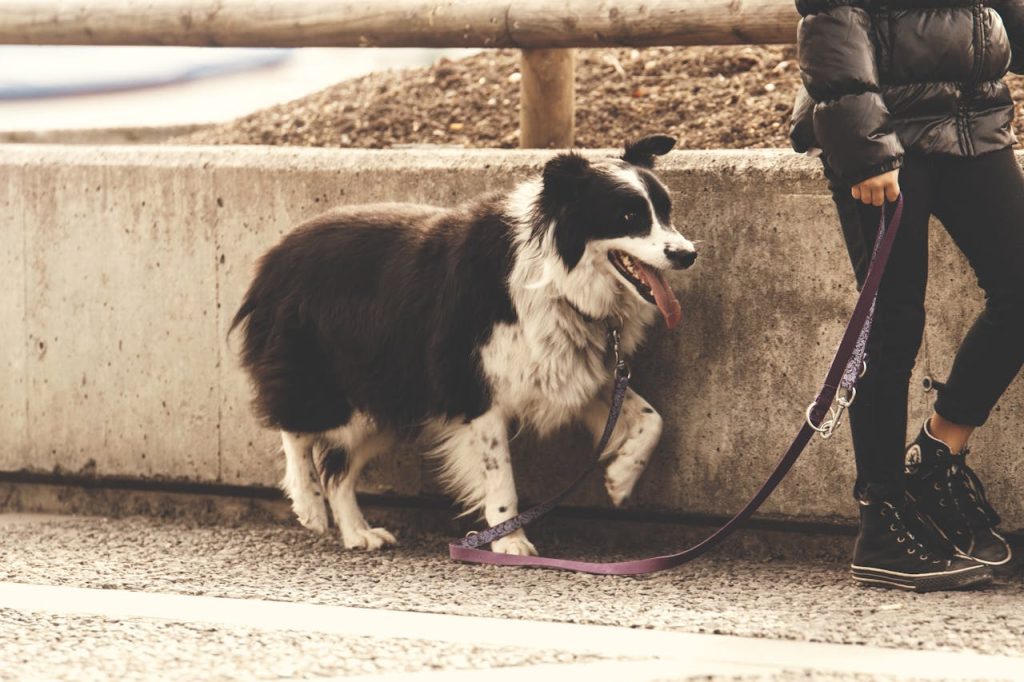Introduction:
Teaching your pet basic commands like “sit” and “come” is essential for both their safety and your peace of mind. These foundational commands not only help improve your pet’s behavior but also strengthen the bond between you and your furry companion. Whether you have a dog or a cat, teaching them these basic commands can make life easier and more enjoyable for both of you.
In this article, we will provide step-by-step instructions on how to teach your pet to follow commands like “sit” and “come,” along with tips on how to make the process effective and enjoyable for both you and your pet.
1. Why Teaching Basic Commands is Important
Before diving into the specifics of how to teach “sit” and “come,” let’s understand why these commands are important:
- Safety: Basic commands help ensure your pet’s safety. For example, the “come” command can be crucial if your dog or cat gets loose in a dangerous situation.
- Communication: Training your pet creates a better communication channel between you and your pet, helping them understand what you expect.
- Behavioral Control: Teaching basic commands is the foundation for more advanced training and helps control unwanted behaviors.
- Bonding: The training process fosters a deeper bond between you and your pet, as they learn to trust you and respond to your cues.
2. How to Teach Your Pet the “Sit” Command
The “sit” command is one of the easiest and most useful commands to teach your pet. It is a great starting point for training because it’s simple and often gets your pet’s attention quickly.
Step-by-Step Guide to Teaching “Sit”
- Get Your Pet’s Attention: Start by ensuring that you have your pet’s attention. Hold a treat in your hand, and let your pet see and smell it. You can also use a toy if that motivates your pet more.
- Position the Treat: Hold the treat just above your pet’s nose, and slowly move it back towards their ears. This will naturally cause your pet to lower their bottom to the ground as they follow the treat with their eyes.
- Say the Command: As soon as your pet’s bottom touches the ground, immediately say “sit” in a calm, clear voice. You want to use the same tone and word each time to help them associate the command with the action.
- Reward and Praise: Once your pet is sitting, immediately reward them with the treat and offer praise such as “Good sit!” or “Well done!” to reinforce the behavior.
- Repeat: Practice the “sit” command several times in short training sessions. Keep training sessions to about 5-10 minutes, as pets tend to lose focus if training lasts too long.
- Gradually Fade the Lure: As your pet becomes more familiar with the command, reduce the use of the treat as a lure. Instead, give the verbal cue and wait for your pet to naturally sit. Once they do, reward them with a treat and praise.
- Practice in Different Environments: Once your pet learns to sit reliably in one place, practice in different locations and environments. This will help them generalize the behavior and respond to the command in various situations.
3. How to Teach Your Pet the “Come” Command
The “come” command is essential for your pet’s safety, especially when they are off-leash or in an open area. This command helps you call your pet back to you when needed, whether for safety or convenience.
Step-by-Step Guide to Teaching “Come”
- Start with a Leash or Long Line: Begin by using a leash or a long training line to keep your pet under control while learning the “come” command. This is particularly important for dogs, as it ensures they cannot wander off while you’re training.
- Get Your Pet’s Attention: Stand a short distance away from your pet and call their name in a happy, enthusiastic tone. This will grab their attention. Hold a treat in your hand to further motivate them.
- Say the Command: Once your pet looks at you, clearly say the word “come” in an upbeat tone. Use an inviting gesture, such as crouching down or clapping your hands, to encourage them to move toward you.
- Encourage Movement: If your pet doesn’t immediately come to you, you can gently tug on the leash or use the long line to guide them toward you. Avoid pulling too hard, as this can cause confusion or frustration.
- Reward and Praise: When your pet reaches you, immediately reward them with a treat and offer praise such as “Good come!” or “Well done!” to reinforce the behavior.
- Increase Distance Gradually: As your pet becomes more reliable with coming to you, gradually increase the distance between you and your pet. Start by calling them from a few feet away, and then gradually work up to longer distances.
- Practice in Various Environments: Just like with the “sit” command, practice the “come” command in different environments and situations. Practice in the backyard, at the park, or in different rooms of the house to ensure your pet responds reliably to the command no matter where they are.

4. General Training Tips for Success
- Be Patient: Pet training takes time, and each pet learns at their own pace. Don’t expect immediate results; instead, be patient and consistent with your training.
- Keep Sessions Short and Fun: Long training sessions can lead to frustration or boredom. Keep them short and fun, and always end on a positive note.
- Use Positive Reinforcement: Rewarding your pet with treats, praise, or play is the best way to reinforce good behavior. Positive reinforcement encourages your pet to continue performing the desired behavior.
- Consistency is Key: Use the same command words, tone, and rewards every time. Consistency helps your pet understand what’s expected and encourages quicker learning.
- Be Calm and Confident: Your pet will respond better to training when you remain calm and confident. Avoid yelling or getting frustrated, as this can cause anxiety and hinder progress.
- Avoid Overwhelming Your Pet: Don’t try to teach too many commands at once. Focus on one behavior at a time, and ensure your pet has mastered one command before moving on to another.
5. Common Training Challenges and How to Overcome Them
- Distractions: It can be challenging for pets to focus on training when there are distractions (e.g., other pets, people, noises). Start training in a quiet, low-distraction environment, and gradually increase the level of distraction as your pet becomes more reliable.
- Short Attention Span: Some pets, especially puppies, have short attention spans. Keep training sessions brief (5-10 minutes) to avoid overwhelming your pet.
- Lack of Motivation: If your pet isn’t responding to treats, consider switching to a different type of reward, such as their favorite toy, or offering more praise. Make sure the reward is motivating enough for your pet.
6. Conclusion
Teaching your pet basic commands like “sit” and “come” is not only a fun and rewarding experience, but it also contributes to their overall well-being and safety. By using positive reinforcement, being consistent, and practicing regularly, you can help your pet learn these commands and strengthen your bond with them.
Remember, every pet learns at their own pace, so patience and persistence are key. By following the steps outlined above and incorporating training into your daily routine, you’ll have a well-trained, well-behaved pet that responds to your cues and enriches your life.























































